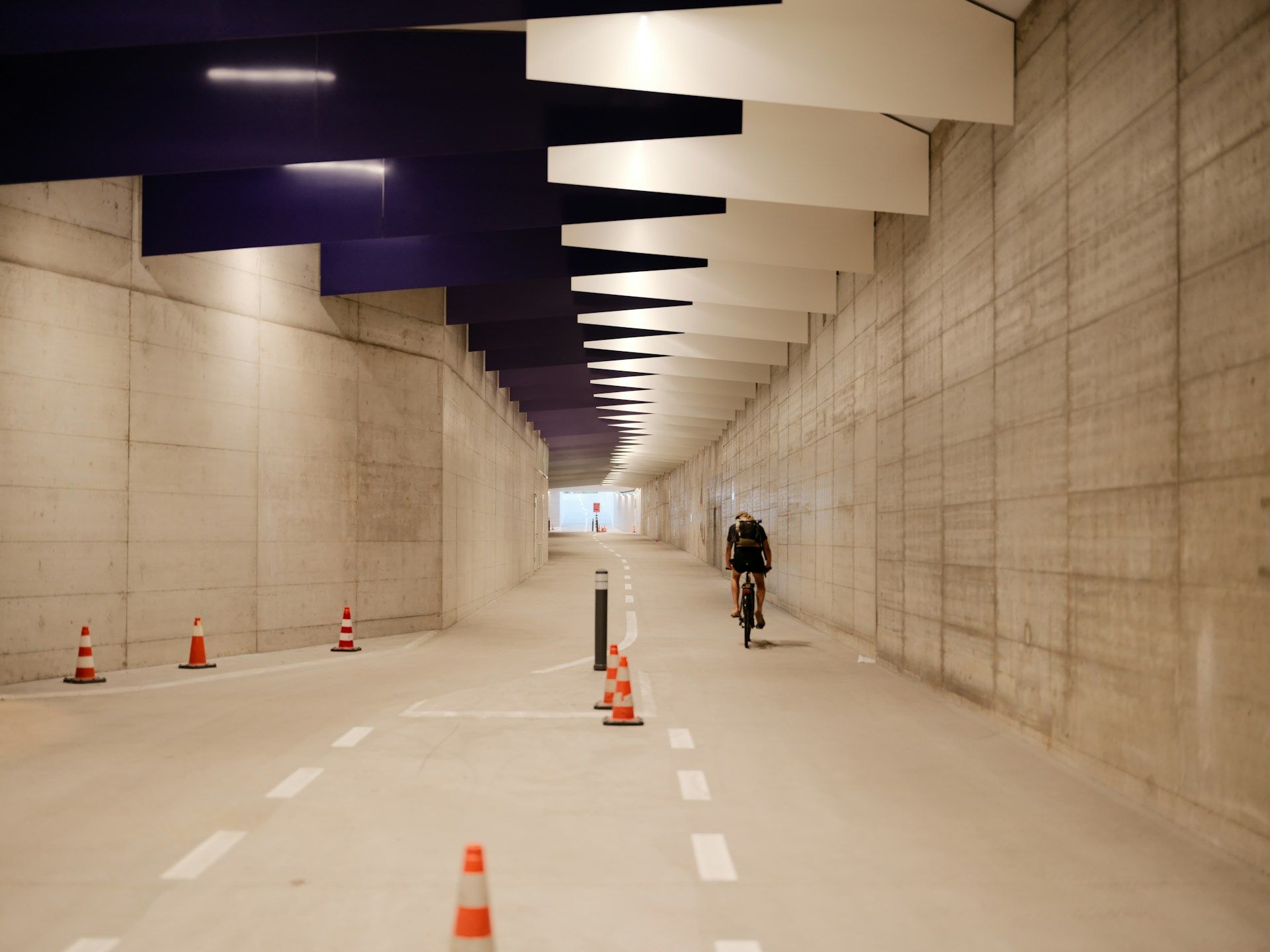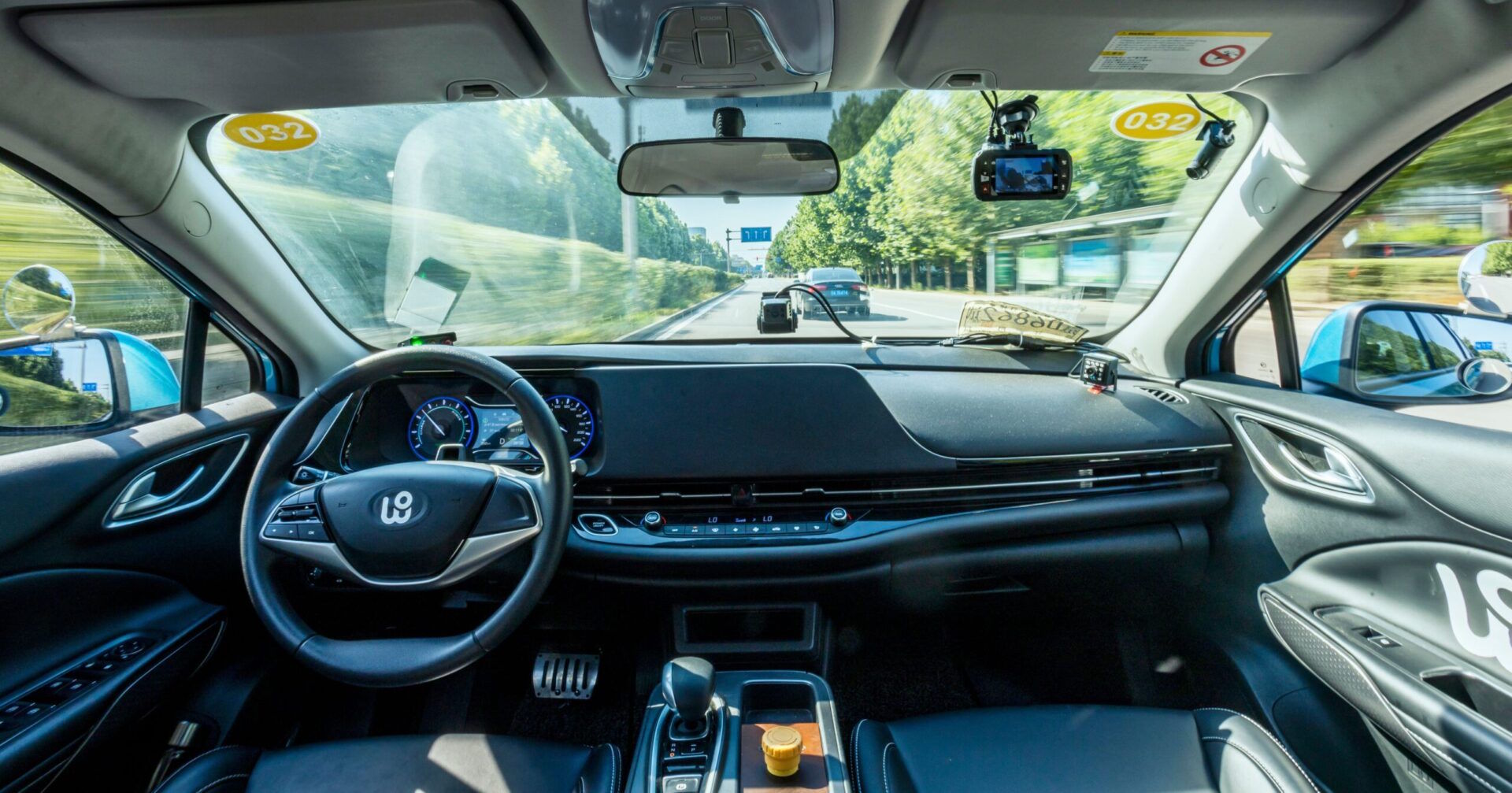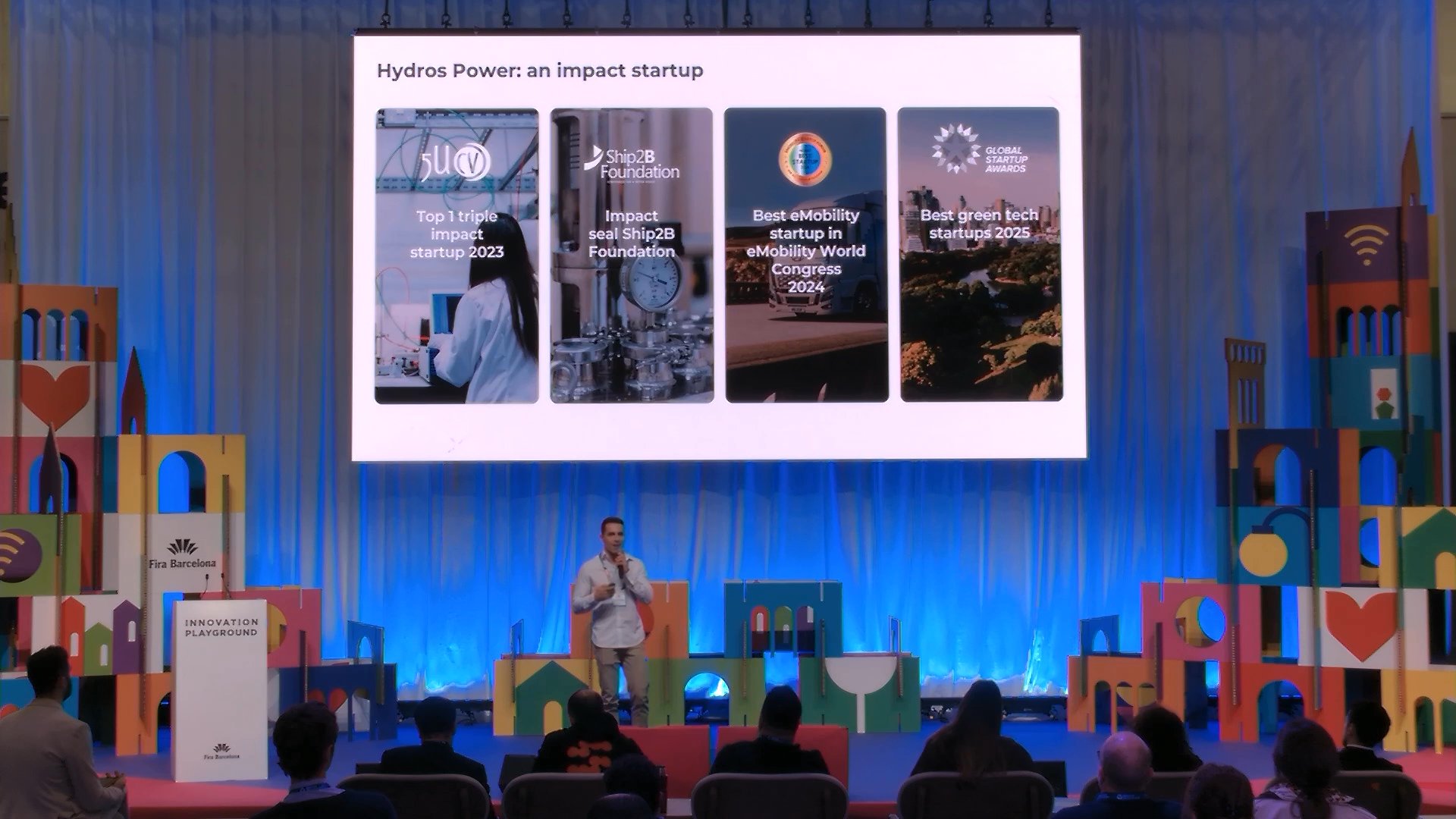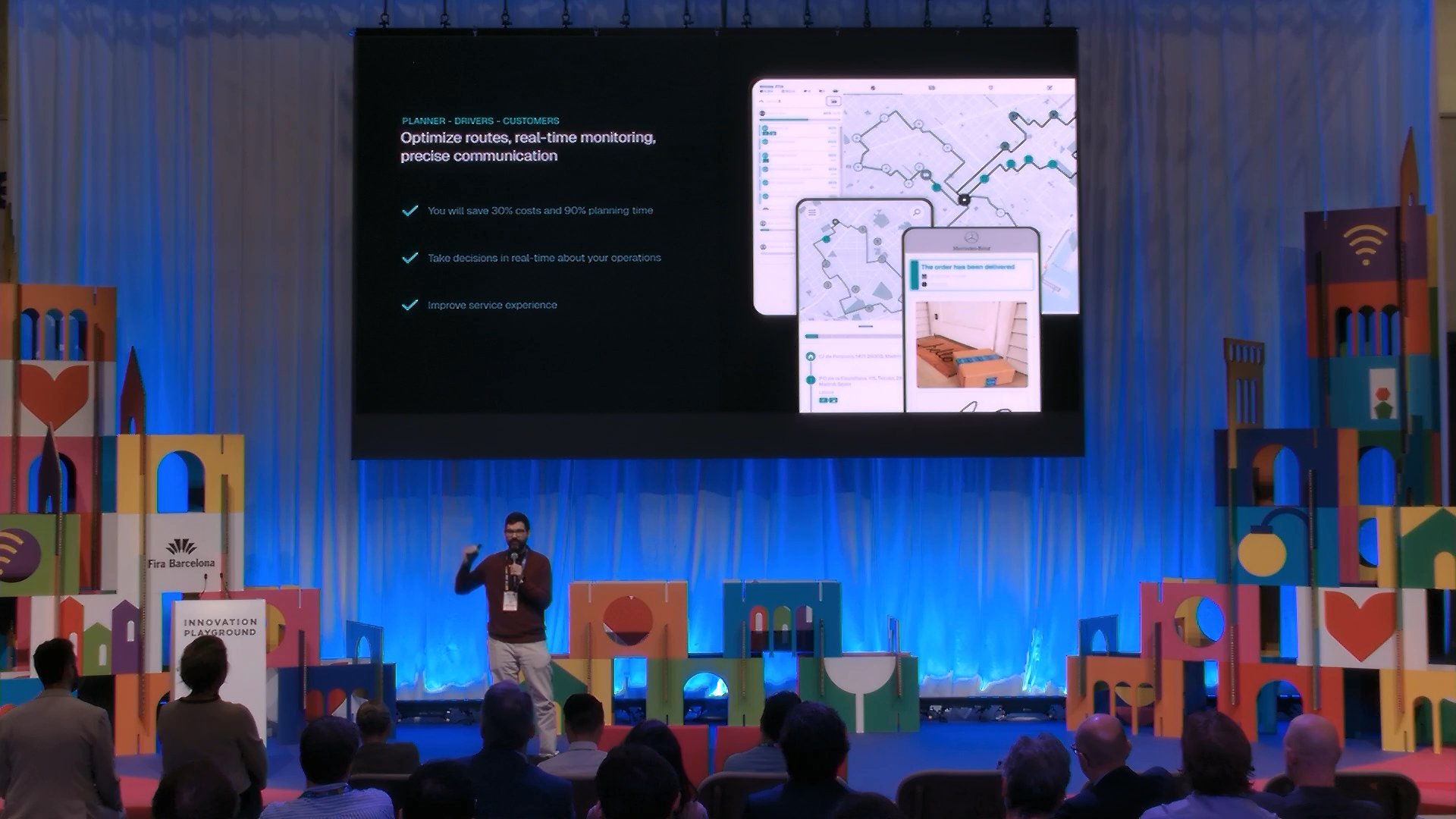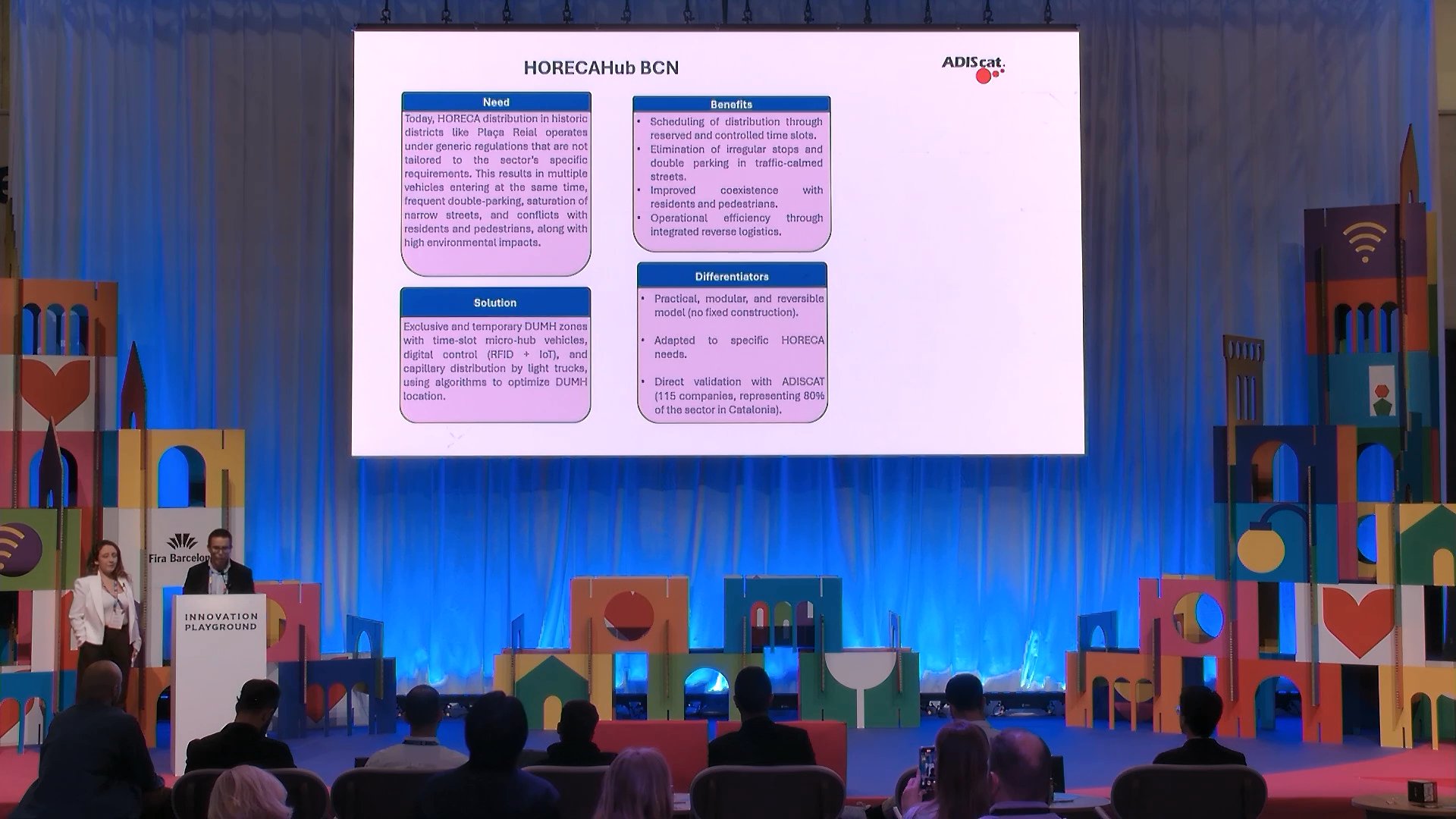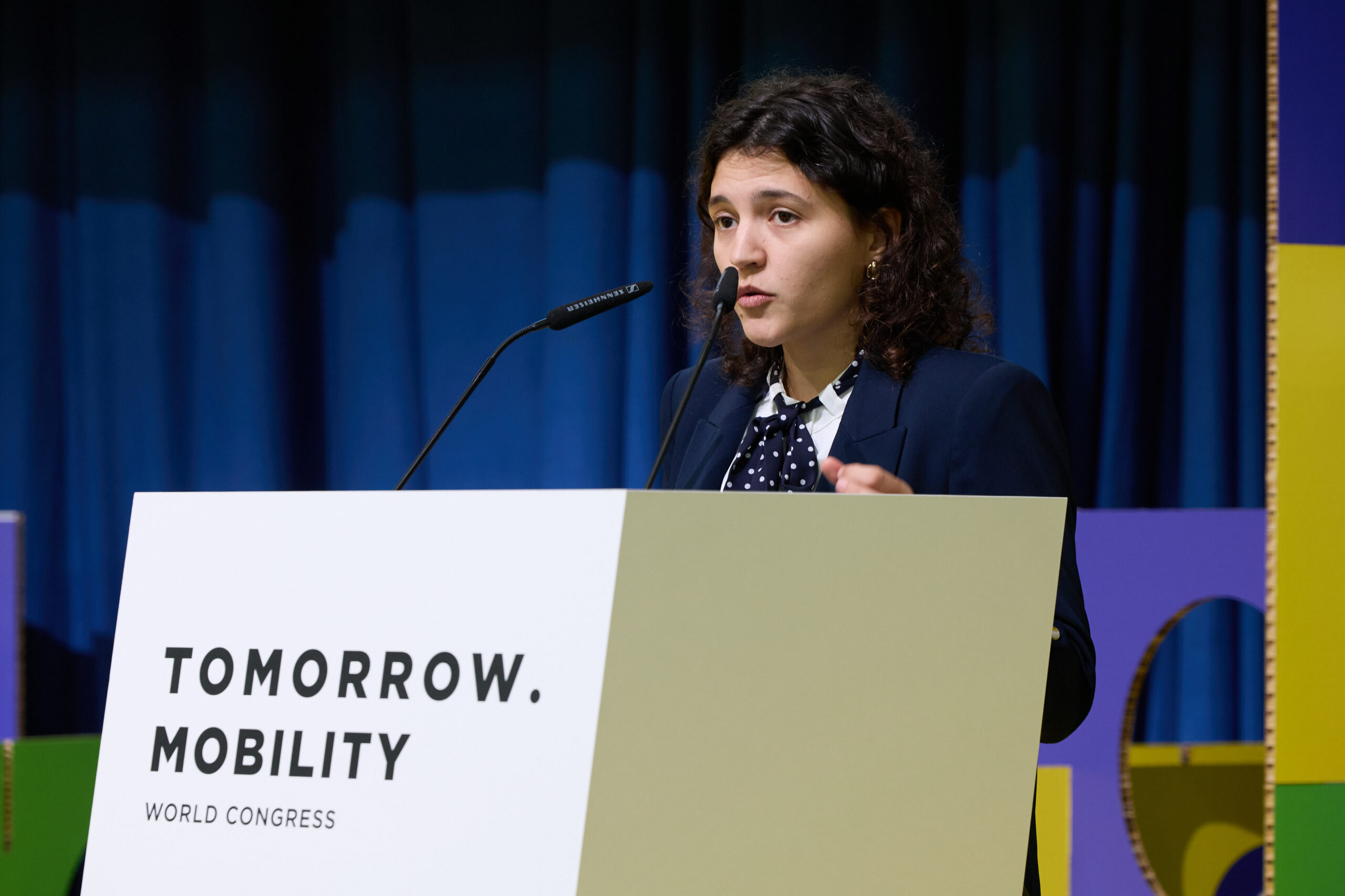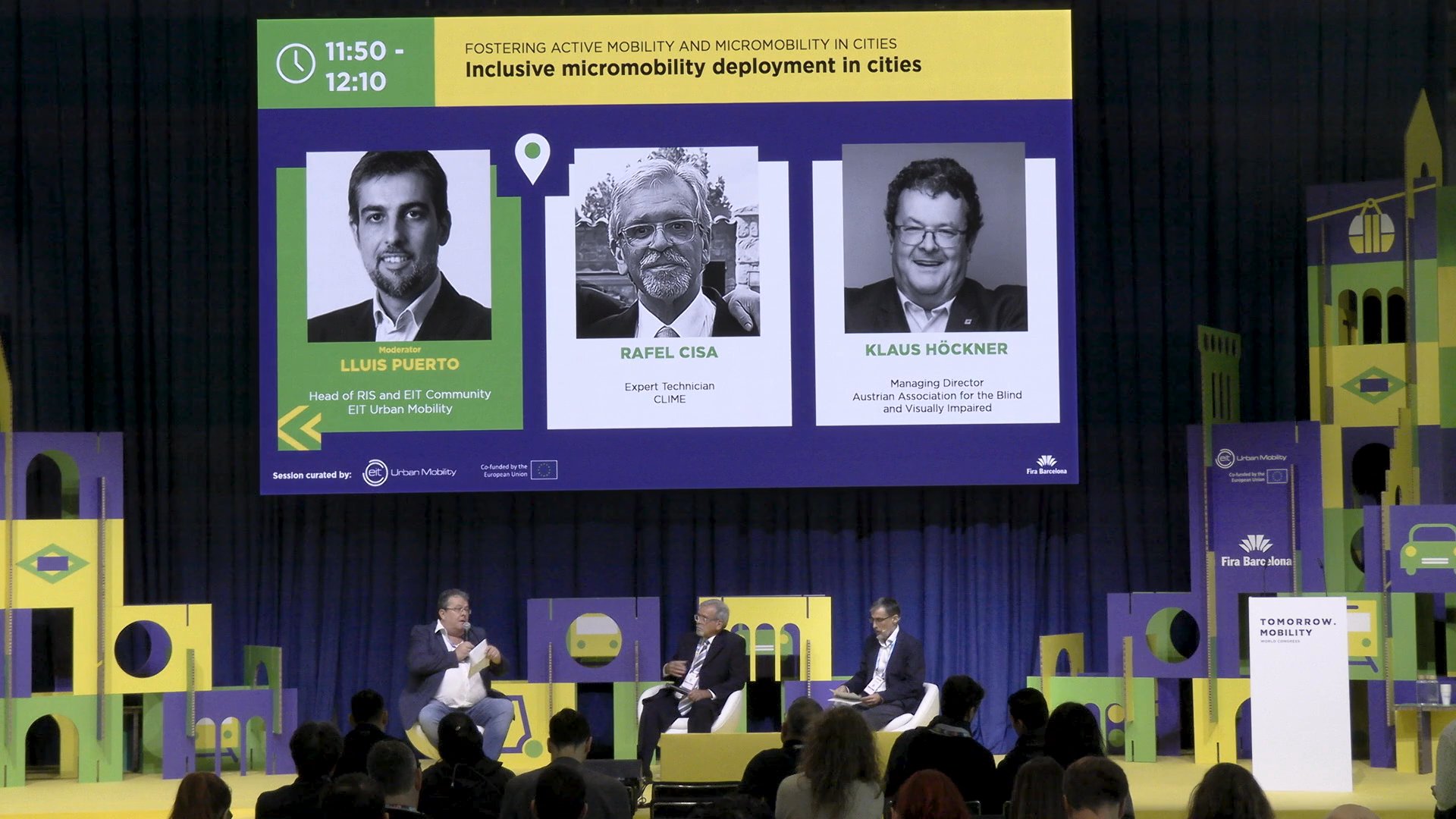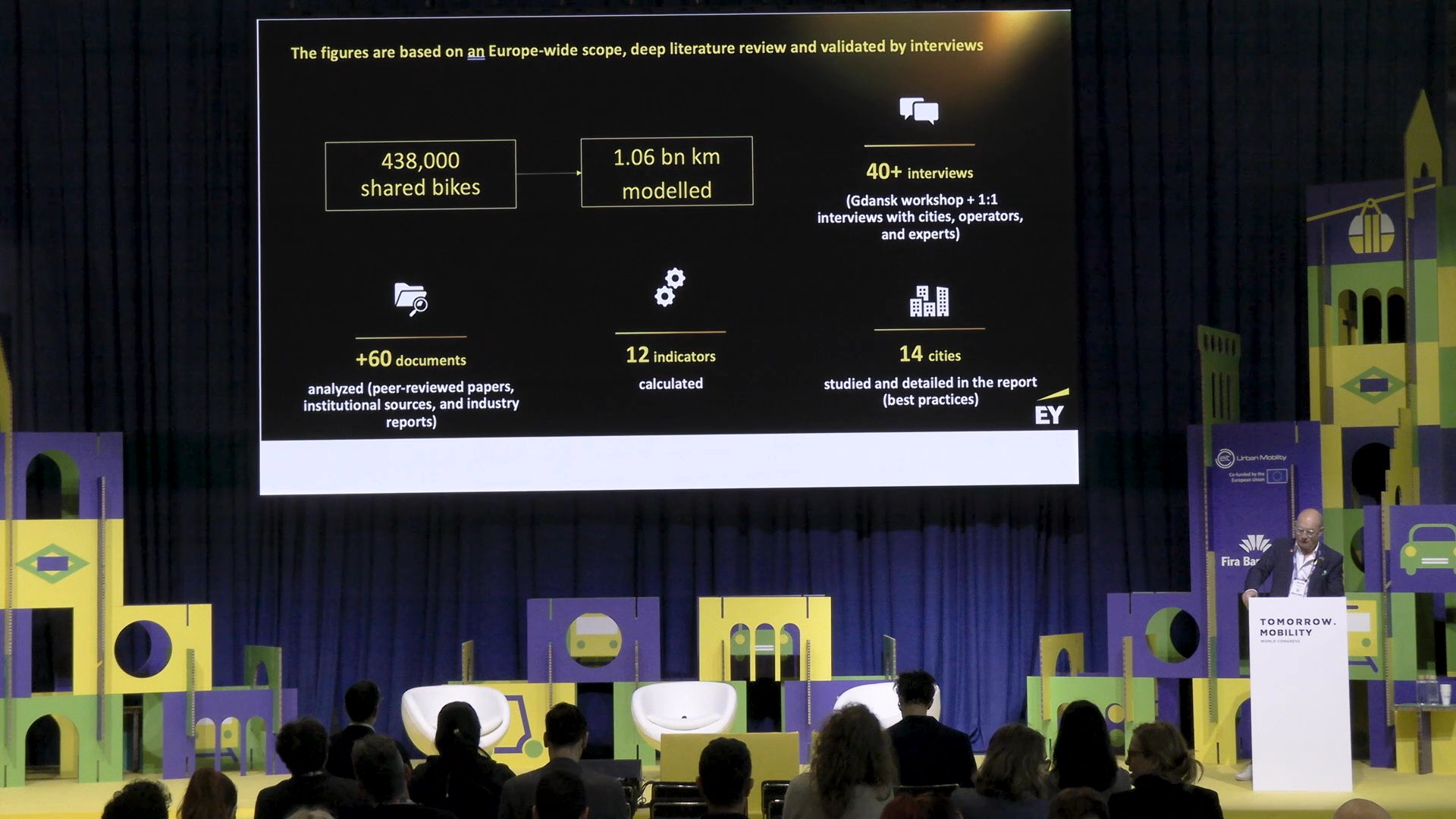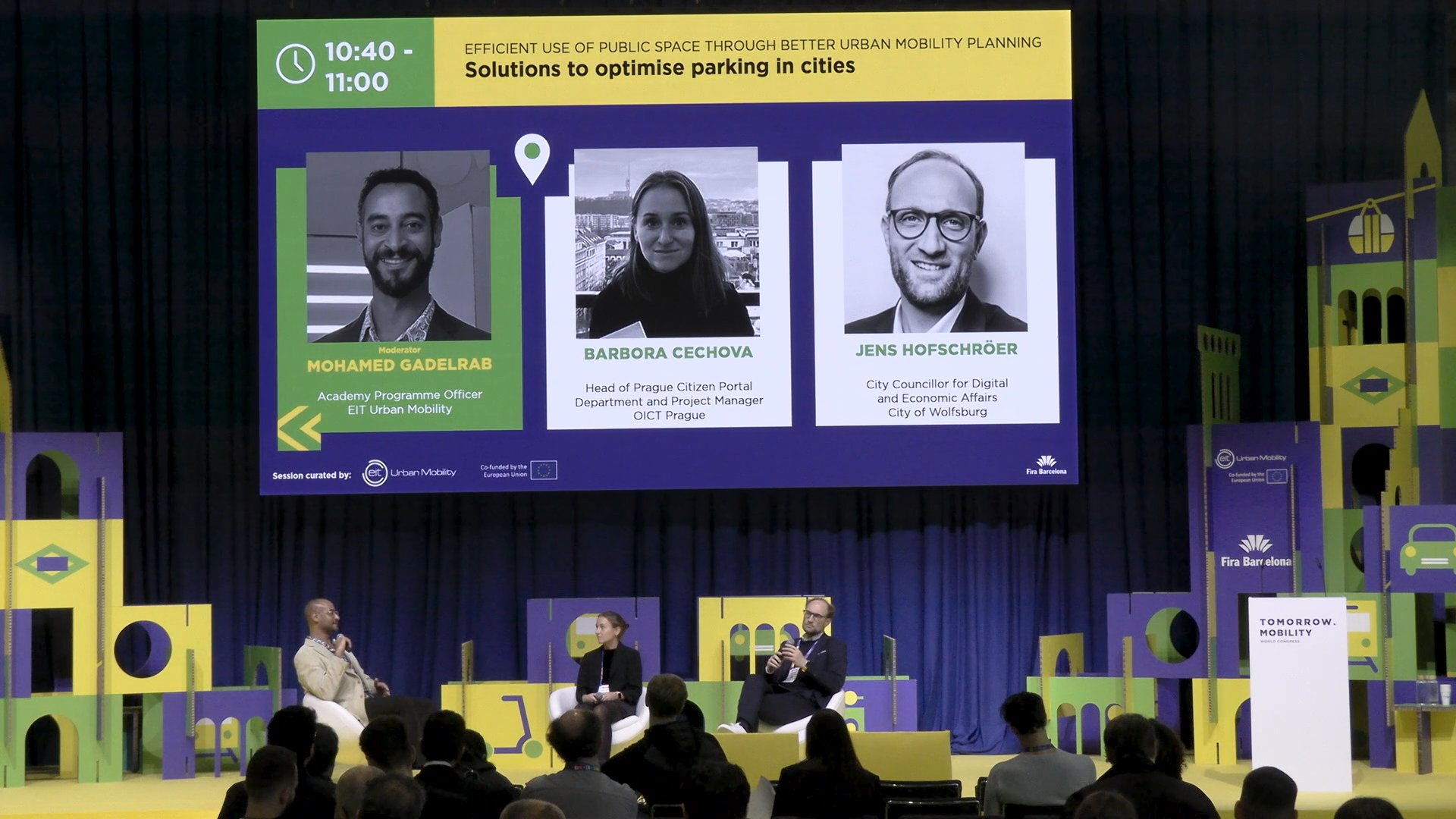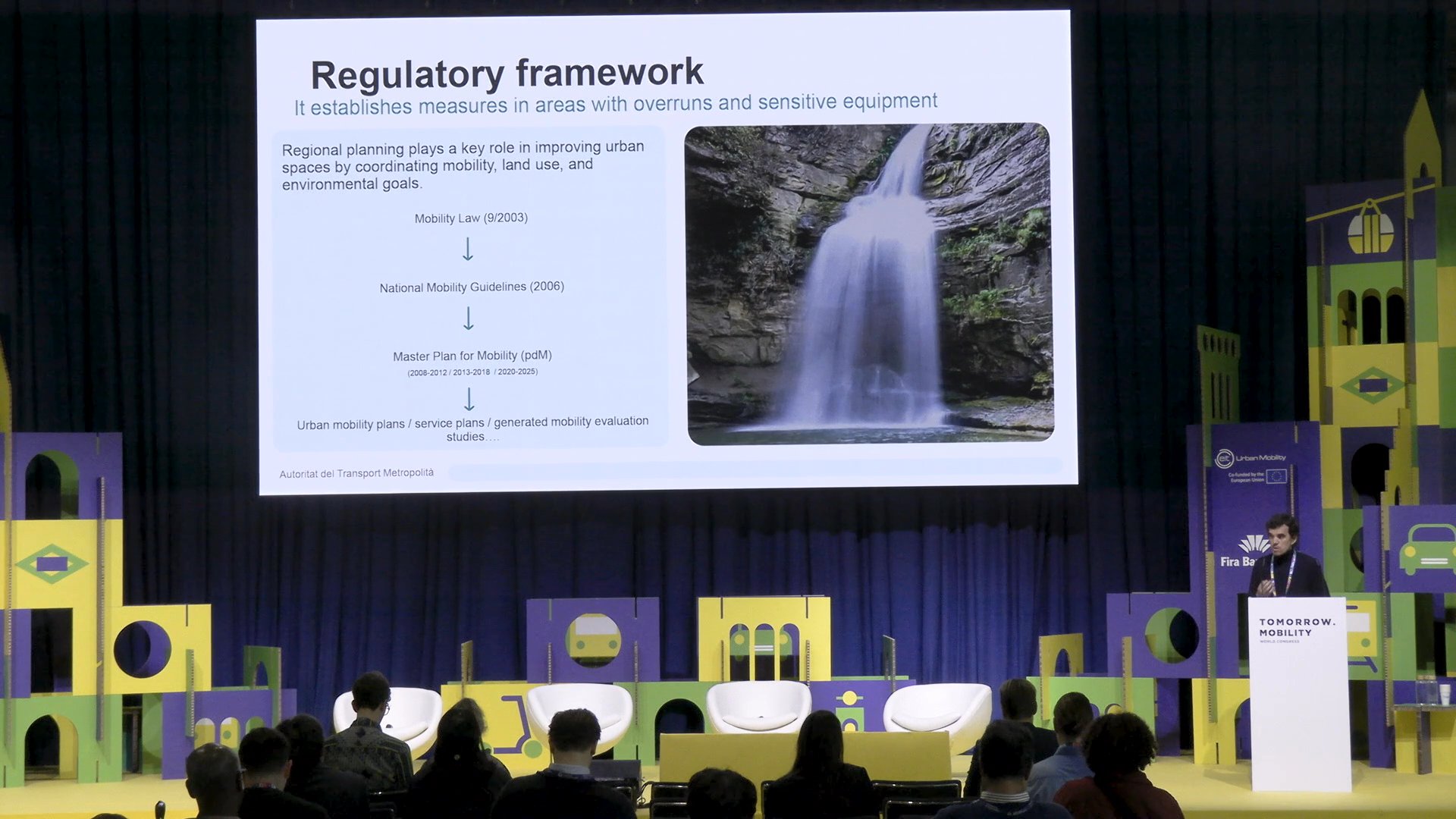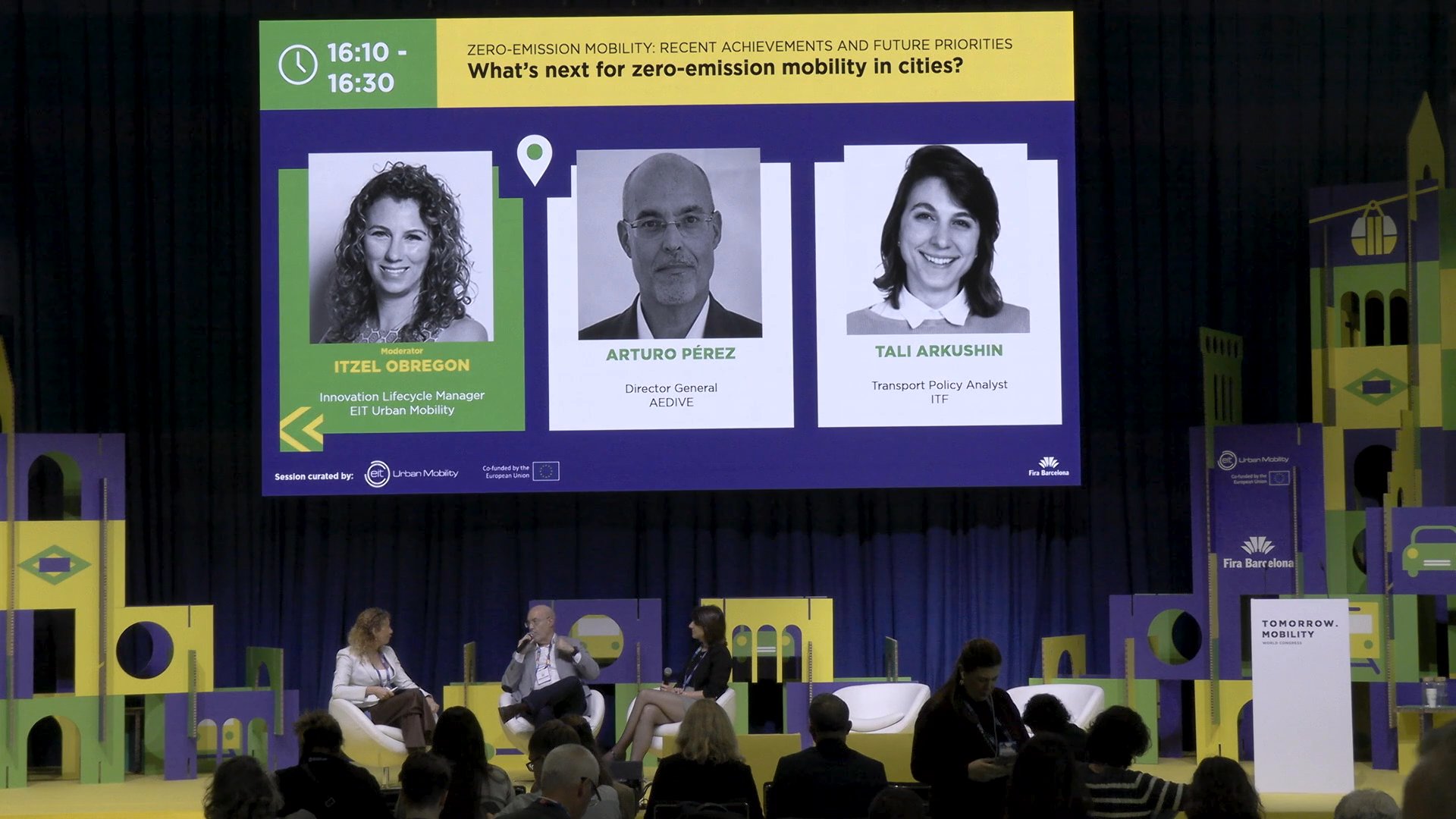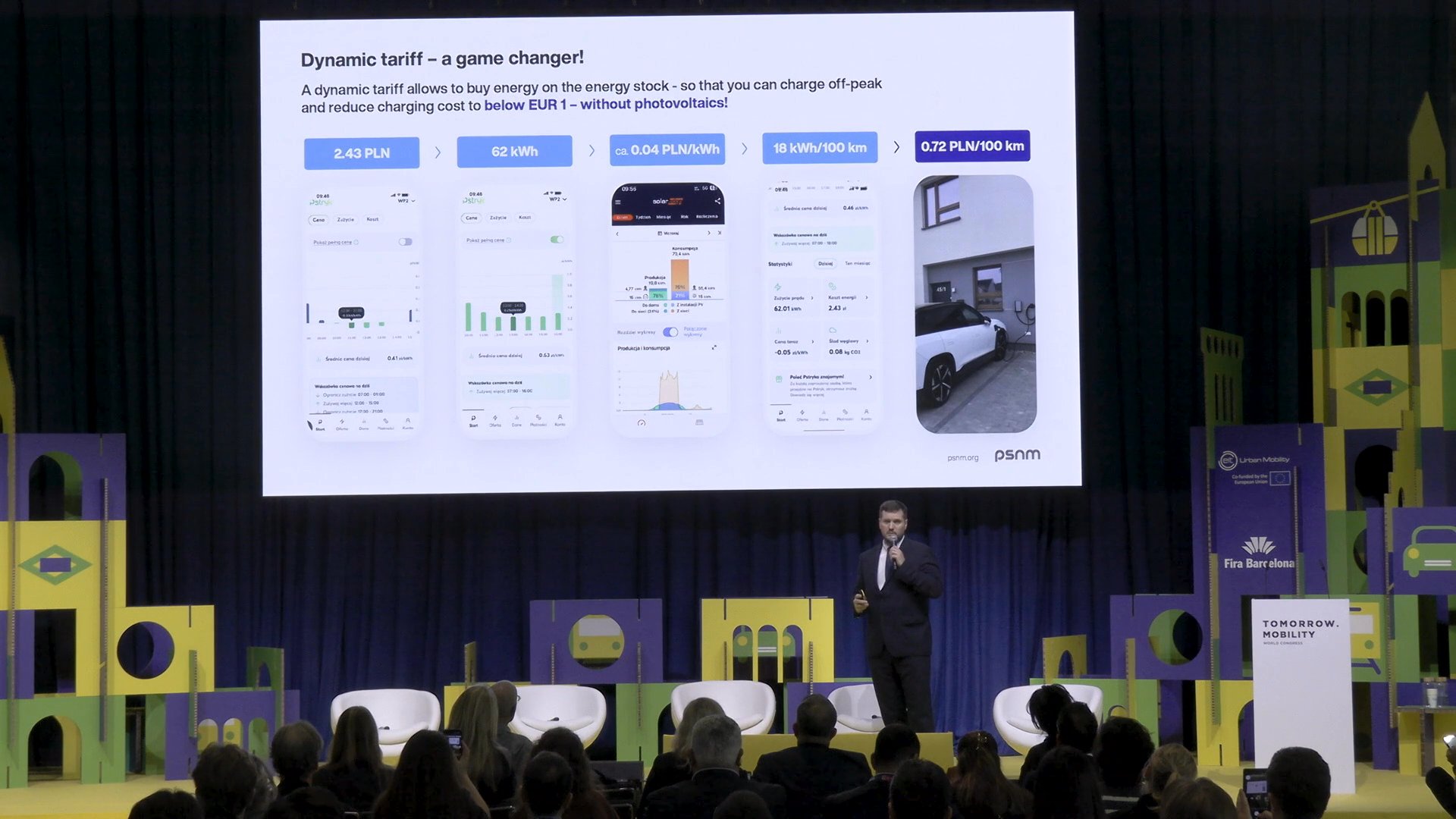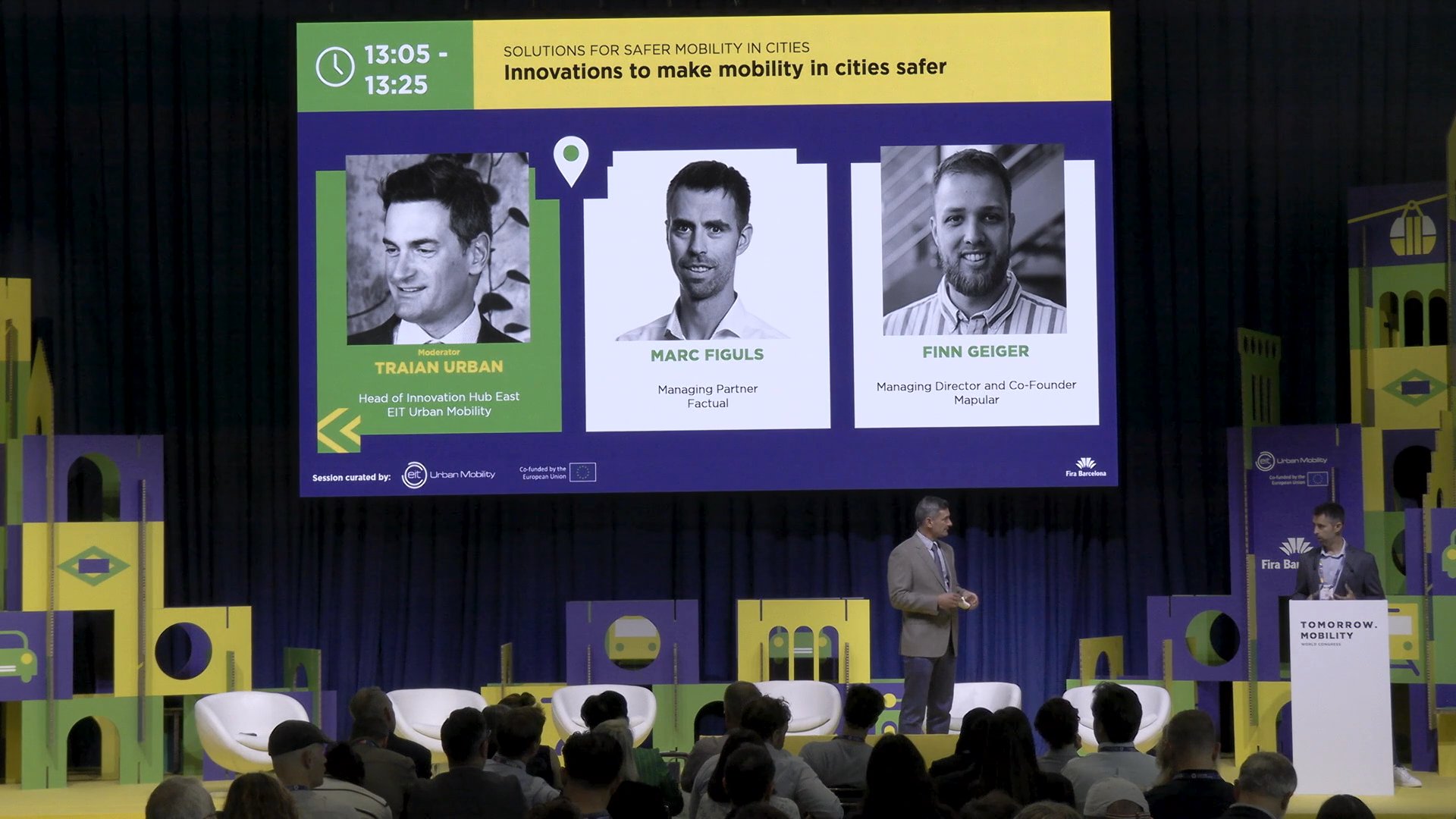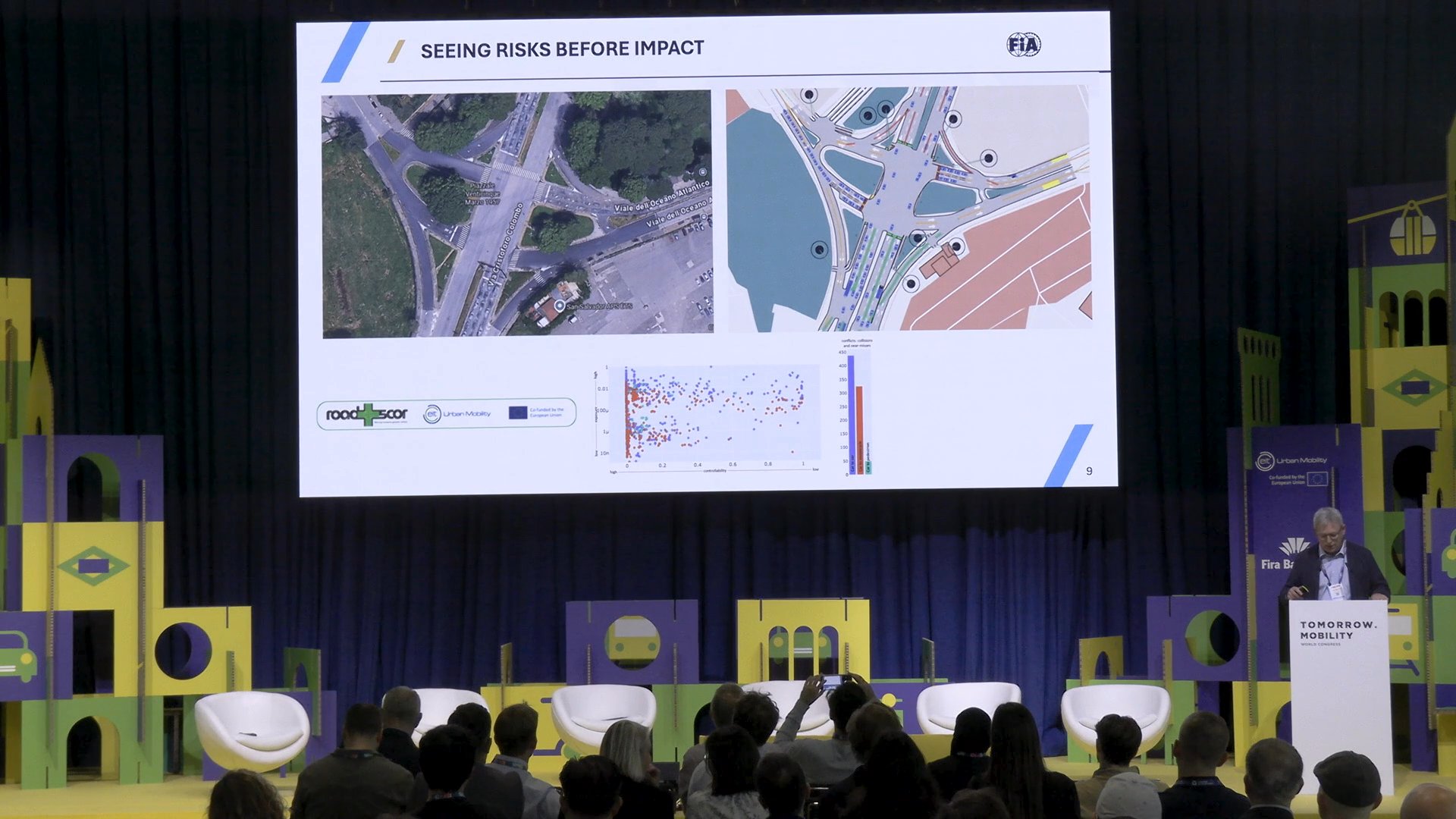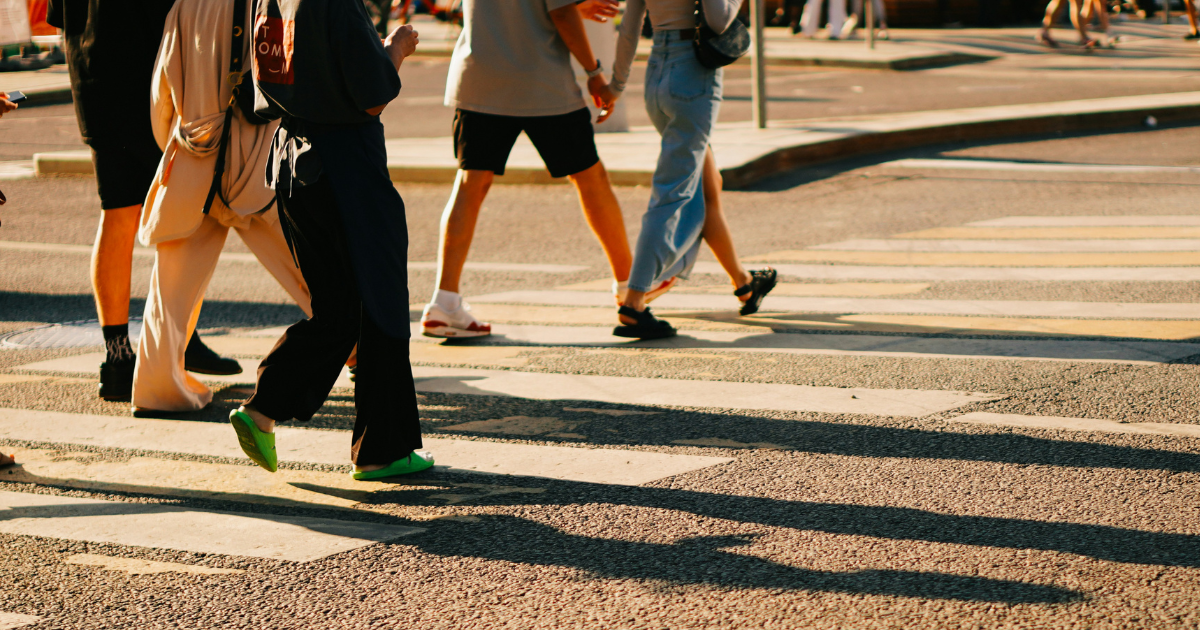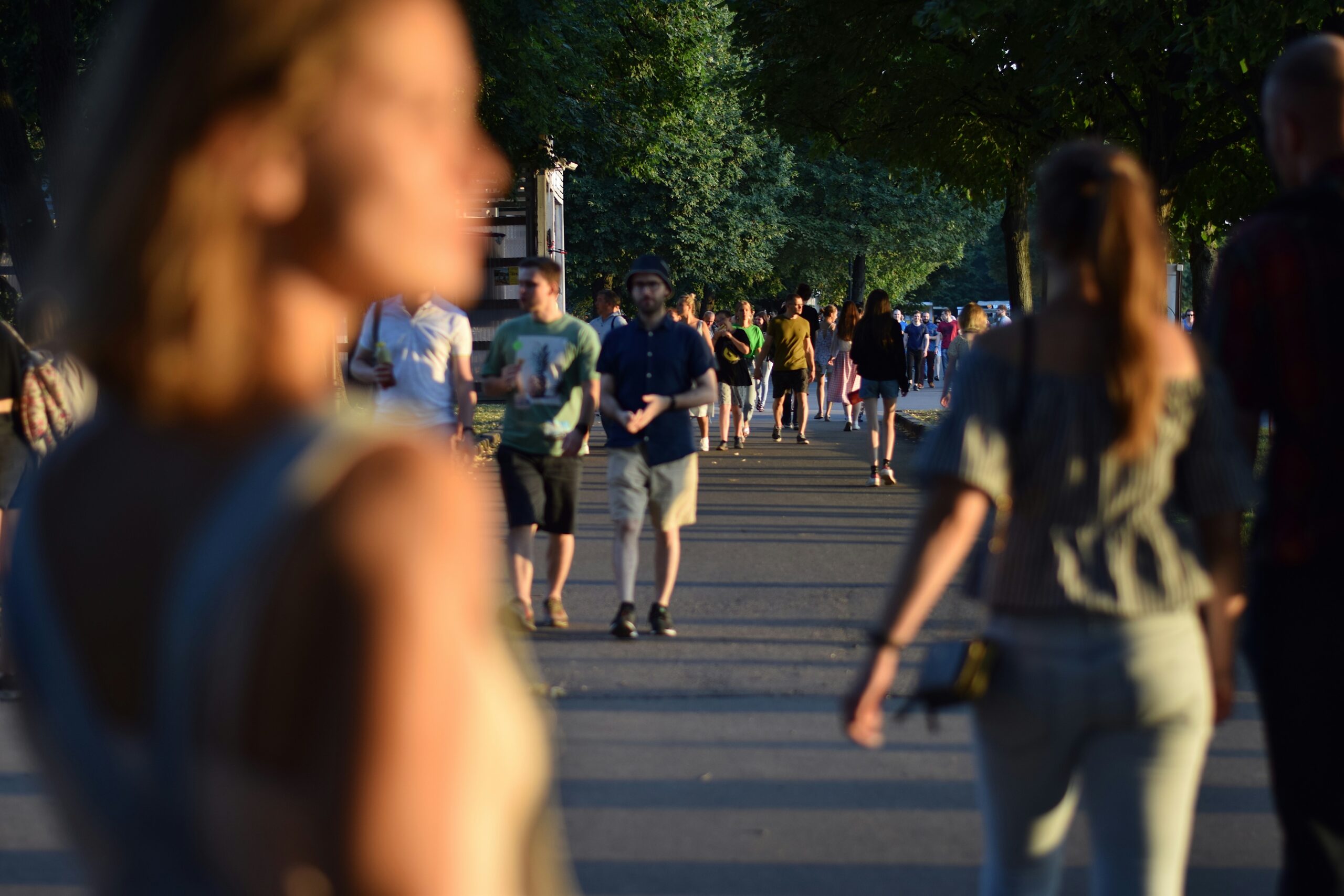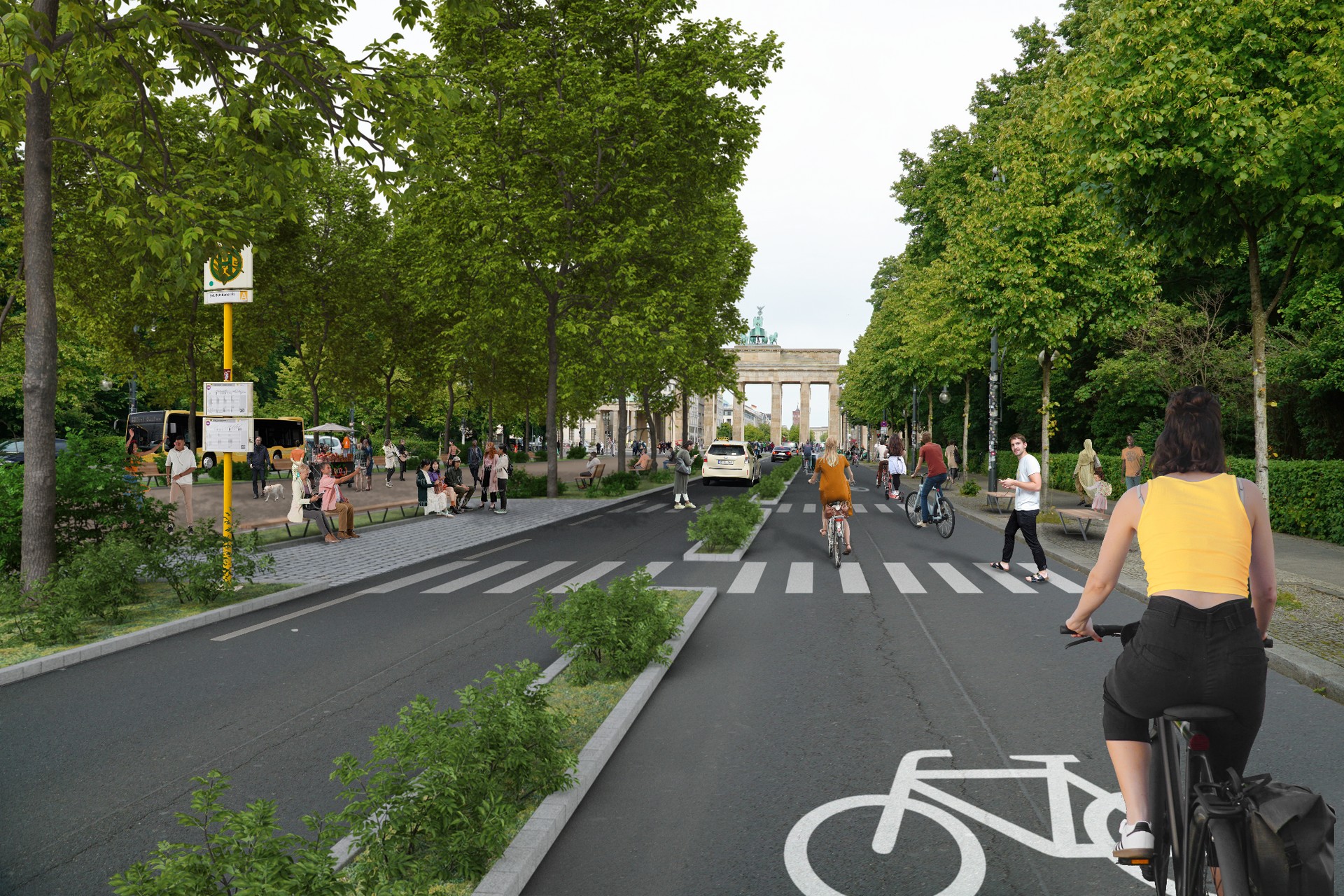Author | Elvira Esparza
Zurich has opened an urban tunnel to provide cyclists with safe passage and easy access to the city’s main train station. The goal of the project is to promote cycling as a primary mode of transportation over cars and to boost sustainable mobility.
Zurich’s Stadttunnel, which runs beneath the Hauptbahnhof, is 440 meters long and up to 6 meters wide to allow for two-way traffic. Unlike other tunnels, it is exclusively open to bicycles, e-bikes, scooters, mopeds, and electric motorcycles, with a speed limit of 20 km/h. Cars and pedestrians are not allowed on this road.
The tunnel connects Kasernenstrasse in District 4 with Sihlquai in District 5, aiming to support efficient and sustainable mobility in the city. In addition to the tunnel, the underground infrastructure includes a bike station with 1,240 free bicycle parking spaces and charging points for electric bikes.
Origin and development of Zurich’s urban tunnel
The origins of this infrastructure date back to the 1980s, when it was initially planned as an urban highway to ease city traffic congestion. However, that road was never built. The tunnel remained unused for many years until 2011, when the idea of converting it into a bike-only tunnel was proposed by Pro Velo Zurich, an association that promotes cycling as a means of transportation.
In 2014, a preliminary project was developed; it included the additional safety measures required for the infrastructure, such as the installation of fire doors, with the goal of transforming the urban tunnel into a bike connection route and a station. A few years later, in 2020, negotiations for the tunnel’s conversion were finalized. This was followed by a public referendum, in which 74% of the city’s residents voted in favor of making the tunnel exclusively for cyclists.
From there, construction of the bike-only tunnel began, with a strong focus on safety. The slope of one of the entrance ramps was reduced, and structural elements were added to ensure appropriate speed limits. In addition, separate entry and exit points were built for the bike station, and the parking area was expanded. Construction began in 2022, and the tunnel was officially opened in May 2025.
The investment in this project has exceeded 38.6 million Swiss francs (41.2 million euros).
Other bicycle tunnels in Europe
Prior to the opening of Zurich’s Stadttunnel, bicycle tunnels had already been built, but these are shared with other vehicles and therefore do not match the level of integration, design, and functionality of the Swiss tunnel. Among European cities known for active mobility, the following examples stand out:
Fyllingsdalen in Bergen (Norway)
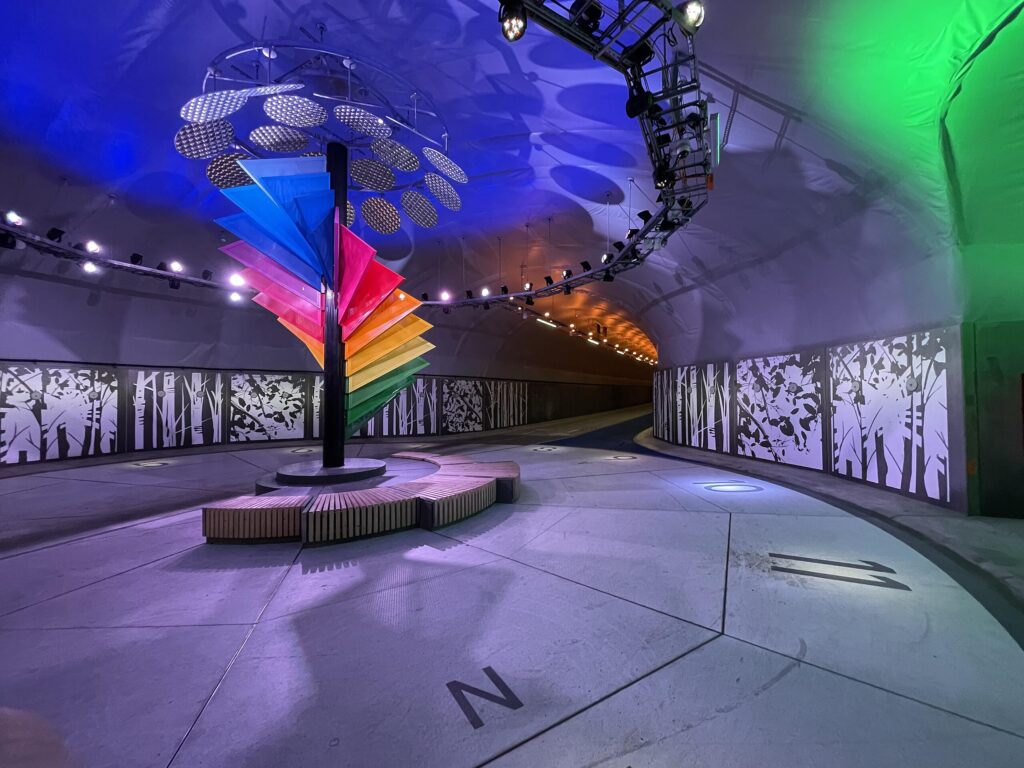
This is the longest bicycle tunnel in the world, stretching nearly 3 kilometers and allowing both bicycle and pedestrian traffic. The tunnel passes through Lovstakken Mountain, connecting the city center with the residential areas of Fyllingsdalen and Mindemyren, reducing bike travel time from 35 to 10 minutes. Although it was originally designed as an emergency evacuation route for the parallel light rail tunnel, it was adapted for cyclists and pedestrians. Besides improving city traffic by shortening distances and promoting sustainable transportation, the tunnel is also a tourist attraction thanks to its rest areas decorated with artwork.
Maastunnel in Rotterdam (Netherlands)
Completed in 1937 and over 550 meters long, it is the longest underwater tunnel in Europe, crossing the Maas River. The tunnel has a rectangular shape and was built using the immersed tube method. What makes this tunnel unique is that it has separate tubes for different uses: two tubes for vehicles, one two-lane tube for bicycles, and one tube for pedestrians. Access to the tunnel is via escalators and elevators. It is estimated that about 4,000 cyclists and 75,000 cars pass through it daily.
Cuypers Passage in Amsterdam (Netherlands)
Opened in 2015, this straight tunnel stretches 110 meters long and 10 meters wide beneath the city’s Central Station. It connects the historic center with the IJ River and ferries to Amsterdam North, avoiding highways and main roads. Cyclists and pedestrians share the tunnel. It is estimated to be used by over 15,000 cyclists and pedestrians daily.
Images | Claudio Schwarz, Znuddel CC BY-SA 4.0
